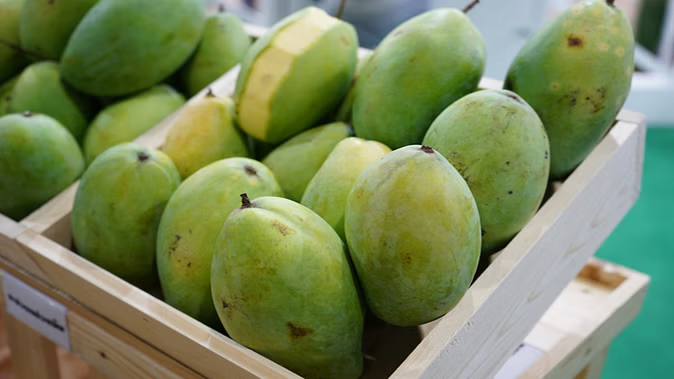At this time, the heat has increased a lot in the country. In such a situation, people are consuming many types of fruits to keep themselves fresh. When it comes to consuming fruits in summer, who can forget mangoes? People eat mangoes on a large scale in the summer season. These days, many types of mangoes like Dussehri, Totapuri, Langra, Safeda, and Sindoori are being sold in the market. It is often seen that sour or adulterated mangoes are also mixed with the sweet mangoes sold in the market. In such a situation, it becomes very difficult to identify adulteration in the mangoes sold in the market and their being sour and sweet. In this episode, today we are going to tell you about some special methods, with the help of which you can find out whether the mango you are buying is real or adulterated. Let's know about it in detail -

Is the mango ripe or not? You can also find out about this by touching the mango. You should know that ripe sweet mangoes feel soft when touched. However, the mango should not be so soft that it sinks when you touch it. If the mango feels tight when touched, it may be sour.
You can identify adulterated mangoes by looking at their peel. If the mango is naturally ripe, you will not see any kind of stain on its peel.
On the other hand, if the mango has been ripened with the help of any chemical, you will see many types of stains and spots on its peel. In this way, you can find out about the mango by looking at its peel.
You should also avoid buying those mangoes from the market that have lines or wrinkles on them. Apart from this, you should also avoid buying thin or flat mangoes from the market.
(PC: ISTOCK)










